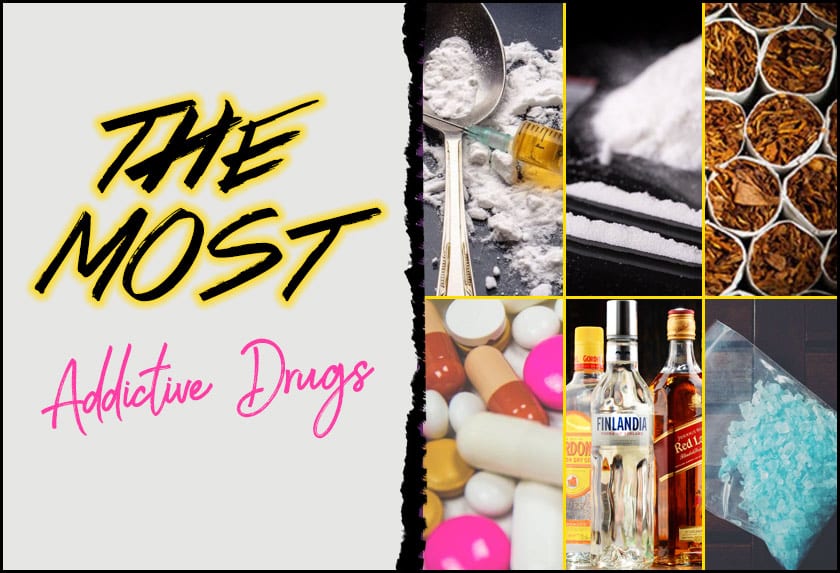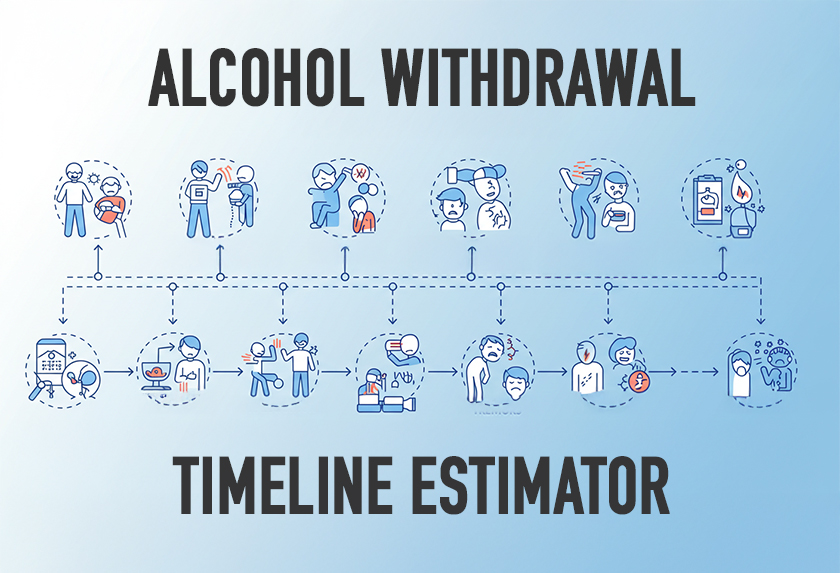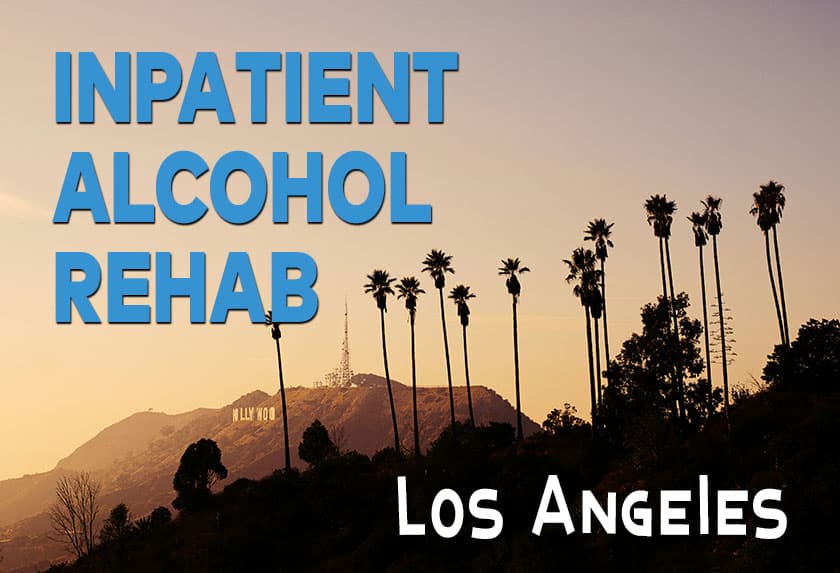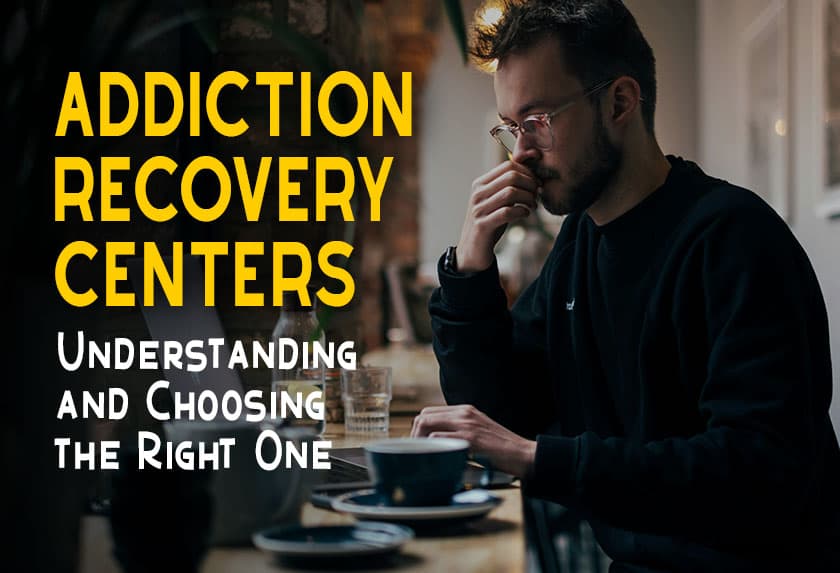Most addictive drugs are dangerous.
Yet, many wonder: Is one drug more addictive than all the rest? Or, is there one drug that’s more dangerous than all the others?
According to recent studies, some drugs can be more addictive, thereby increasing the danger of these drugs. The more addictive a drug is, the harder it is to overcome that addiction, which can lead to further dependence and even the potential for overdosing and death.
Understanding which are the most dangerous drugs and the most addictive can help people avoid them – or provide them with the impetus to quit before they get too far down the rabbit hole.
Knowledge about the dangerous toll a drug can take on a person, their life, and their loved ones can also help those who might’ve thought they were beyond hope. It can help them take the first steps necessary to get the help they need to get clean and overcome their addiction.
What Is the Most Addictive Drug?
According to the most current data, the most addictive substances are:
- Heroine
- Cocaine
- Nicotine
- Barbiturates
- Alcohol
Which include the following:
- Amphetamines
- Methamphetamines
- Benzodiazepines
- Opioids
All of these are considered some of the most addictive substances on the planet, but they don’t all carry the same risk of danger.
The CDC conducted a study calculating all the drug-related deaths from 2011 to 2016. They released the information in December 2018. Their conclusions are that the following drugs are the deadliest, most dangerous drugs in the U.S. The number of deaths is the combined total from 2011 through 2016 and were caused by a drug overdose.
- Heroine (nearly 60,000 deaths)
- Cocaine (nearly 40,000 deaths)
- Fentanyl, an opioid (over 36,000 deaths)
- Oxycodone (over 33,000 deaths)
- Alprazolam (nearly 27,000 deaths)
- Morphine (nearly 24,000 deaths)
- Methamphetamine (nearly 23,000 deaths)
- Methadone (nearly 23,000 deaths)
- Hydrocodone (nearly 19,000 deaths)
- Diazepam (nearly 10,500 deaths)
What If a Drug Didn’t Make the List? Does It Mean It’s Not That Bad?
It’s important to remember that the numbers fluctuate. What may be considered the most dangerous drug one day might not even be on the top 10 list the next.
The reasons for this vary but include what’s “popular” at the time (opioids might be used more these days than cocaine, for example), or the fact that new drugs are constantly emerging. When a new drug comes on the scene, it might make the list of the most addictive drug for a while and then taper off. However, if it’s powerful and gains popularity, it could be the next major killer.
A good example of this is alcohol. Notice how the numbers change.
Alcohol didn’t make the list of deadly, dangerous drugs for 2011-2016, and yet, it’s known as one of the most addictive substances around.
Back in 2010, though, alcohol was listed as the most dangerous substance. How is that possible?
According to a recent article in The Economist, alcohol was viewed as a dangerous substance due to multiple factors, including:
- Damage to health
- Mental impairment
- Addictiveness/dependence
- Effect on relationships
- The number of alcohol-related deaths
The 2010 study also relied on evidence of alcohol-related injuries and crimes, economic and environmental costs, and the effect of alcoholism on a person’s family and community. When all the numbers were totaled, alcohol was at the top of the list, earning a score of over 70/100.
The next in line for the honor of being considered the most dangerous drug of that period was heroin, coming in with a score of 55/100. Cocaine was close behind.
Ultimately, the Most Dangerous Drug Is the One that Captures an Individual
In the end, the drug that is the most dangers is the one that ensnares that individual. For some people, it’s meth. For others, it’s alcohol.
When it comes to addiction, one size doesn’t fit all. Even the most addictive drugs might not be addictive to some people. What captures and takes down one person won’t necessarily take down someone else.
There are numerous examples throughout history of people who have tried certain drugs and became addicted right away. When their friends tried the same drugs, some might’ve become addicted, while still others were able to try it and walk away.
For example, back in 2004, Paul McCartney was interviewed about his and The Beatles drug use. In that interview, he stated that heroine – a highly addictive drug that’s also considered one of the most dangerous drugs – simply gave him no thrills.
It all has to do with a person’s brain chemistry, the way in which they were raised, physical/emotional/mental trauma sustained in their life, and the environment in which they live.
All of that has a bearing not only on whether addictive behaviors develop, but also what type of drug will be more appealing to each individual.
What Constitutes Drug Addiction?
What exactly is drug addiction? Substance addiction is based on the criteria listed in the Diagnostic and Statistical Manual of Mental Disorders, Fifth Edition. In this book, substance addiction is listed as a disorder relating to one or more of a certain class of drugs, namely:
- Alcohol
- Caffeine
- Cannabis
- Hallucinogens
- Inhalants
- Opioids
- Sedatives, hypnotics, or anxiolytics
- Stimulants
- Tobacco
- Other or unknown substances
Next is the criteria for the addiction label, of which there are 11.
- Taking more of the drug that is indicated, taking it more frequently or for longer periods of time than they’re supposed to.
- Wanting to limit or eliminate usage completely but being unable to do so.
- Spending a lot of time in the pursuit of the drug, using the substance, or trying to recover from using it.
- Intense cravings for the substance.
- Being unable to manage household chores or tasks at work.
- Continuing to use the substance even when it’s having an adverse effect on relationships.
- Not engaging in social events, recreational activities, or going after career goals because of the drugs.
- Continuing to use substances over and over, even when it puts their health or even their life in jeopardy.
- Continuing to use the substance even though it causes physical problems or makes preexisting conditions worse.
- Needing more and more of a drug because they’re developing a tolerance to its effects.
- Developing withdrawal symptoms when the drug isn’t taken, symptoms of which are improved when the person starts taking the substance again.
It’s important to note that when a person undertakes this criteria, they’re considered medically ill. Substance addiction is a disease that requires treatment. It’s not something that’s easy to conquer alone and because it is a disease, the person dealing with it needs to get help if they’re going to reduce their risk of living an unhappy, painful life and possibly eventually succumbing to an overdose.
Like Drug Addiction, Recovery Isn’t One-Size-Fits-All Either
What causes someone’s addiction or their proclivity for one substance over another is unique to that individual, and so is their recovery.
In order to successfully detoxify from the drug they’re addicted to – and to overcome their addiction – it’s vital that an addict seeks care from a rehab facility that understands this.
At Revive Detox, patients’ addiction is treated with care and compassion. Multiple methods are used to help patients detoxify in the most comfortable manner possible.
Counseling and support groups are also included, both of which are paramount for patients who are struggling through withdrawal. Such support gives them the courage, power, and self-esteem necessary to hopefully completely overcome their addiction.
These services also help patients figure out what’s at the root cause of their addictive behavior. Having that knowledge will enable them to defeat the urge to relapse when temptation is upon them.
All these tools will help patients not just manage their addiction but will help them to overcome it and thrive, both during their time at Revive Detox and in their daily life once they leave.





